Before the Severn Bridge opened in 1966, people used to drive from Wales to the south of England via car ferry!
It was a straight choice between a treacherous mile-long river crossing (on a body of water with a 43ft tidal range) or a 60 mile round-trip via Gloucester!
THREAD https://abs.twimg.com/emoji/v2/... draggable="false" alt="👇" title="Rückhand Zeigefinger nach unten" aria-label="Emoji: Rückhand Zeigefinger nach unten">
https://abs.twimg.com/emoji/v2/... draggable="false" alt="👇" title="Rückhand Zeigefinger nach unten" aria-label="Emoji: Rückhand Zeigefinger nach unten">
It was a straight choice between a treacherous mile-long river crossing (on a body of water with a 43ft tidal range) or a 60 mile round-trip via Gloucester!
THREAD
There& #39;s been regular activity across this part of the Severn since around 48 B.C.
The Romans established a troop ferry between what are now the villages of Aust and Beachley, connecting their strongholds of Caerleon and Bath.
The crossing could be utterly lethal.
The Romans established a troop ferry between what are now the villages of Aust and Beachley, connecting their strongholds of Caerleon and Bath.
The crossing could be utterly lethal.
The Severn& #39;s tidal range is the second-highest in the world, with 13 metres of difference between low and high tide.
The funnel shape of the estuary means that as these tides change, enormous quantities of water rush up and down the estuary, creating vicious currents.
The funnel shape of the estuary means that as these tides change, enormous quantities of water rush up and down the estuary, creating vicious currents.
A steam ferry was established in 1827, but still the passenger was at the mercy of the tides and the weather.
Tragically, in 1839 and 1844 boats sank without survivors.
Railways then brought a sharp decrease in foot traffic, and by 1860 the service was scrapped.
Tragically, in 1839 and 1844 boats sank without survivors.
Railways then brought a sharp decrease in foot traffic, and by 1860 the service was scrapped.
The rise of the car sparked new demand, and in 1931, a service between Beachley peninsula and Aust began.
"The Severn Queen" carried just 17 cars, with each car so tightly packed, passengers couldn& #39;t open their doors!
The crossing was so popular, queues could extend for miles.
"The Severn Queen" carried just 17 cars, with each car so tightly packed, passengers couldn& #39;t open their doors!
The crossing was so popular, queues could extend for miles.
In 1966, US photographer Barry Feinstein captured this iconic shot: Bob Dylan waiting to cross the Severn at Aust.
The black and white photograph later became the cover to "No Direction Home" - the soundtrack to Martin Scorsese& #39;s documentary about the singer-songwriter.
The black and white photograph later became the cover to "No Direction Home" - the soundtrack to Martin Scorsese& #39;s documentary about the singer-songwriter.
More on this remarkable ferry  https://abs.twimg.com/emoji/v2/... draggable="false" alt="👉" title="Rückhand Zeigefinger nach rechts" aria-label="Emoji: Rückhand Zeigefinger nach rechts">
https://abs.twimg.com/emoji/v2/... draggable="false" alt="👉" title="Rückhand Zeigefinger nach rechts" aria-label="Emoji: Rückhand Zeigefinger nach rechts">
 https://abs.twimg.com/emoji/v2/... draggable="false" alt="⛴" title="Fähre" aria-label="Emoji: Fähre"> https://www.southwalesargus.co.uk/news/14238105.we-look-back-at-the-severn-princess-and-the-ferries-which-crossed-the-severn-before-the-bridge-was-built/
https://abs.twimg.com/emoji/v2/... draggable="false" alt="⛴" title="Fähre" aria-label="Emoji: Fähre"> https://www.southwalesargus.co.uk/news/14238105.we-look-back-at-the-severn-princess-and-the-ferries-which-crossed-the-severn-before-the-bridge-was-built/
https://www.southwalesargus.co.uk/news/1423... class="Emoji" style="height:16px;" src=" https://abs.twimg.com/emoji/v2/... draggable="false" alt="🛶" title="Kanu" aria-label="Emoji: Kanu"> https://www.southwalesargus.co.uk/news/14733005.the-long-view-how-we-crossed-the-severn-before-the-bridge/
https://www.southwalesargus.co.uk/news/1473... class="Emoji" style="height:16px;" src=" https://abs.twimg.com/emoji/v2/... draggable="false" alt="🎥" title="Filmkamera" aria-label="Emoji: Filmkamera"> https://www.facebook.com/watch/?v=1427991027262313">https://www.facebook.com/watch/... (Full disclosure: I cut this in my @BBCWales days!)
 https://abs.twimg.com/emoji/v2/... draggable="false" alt="🌉" title="Brücke in der Nacht" aria-label="Emoji: Brücke in der Nacht"> https://severnbridges.org/history-of-estuary-crossings/
https://abs.twimg.com/emoji/v2/... draggable="false" alt="🌉" title="Brücke in der Nacht" aria-label="Emoji: Brücke in der Nacht"> https://severnbridges.org/history-of-estuary-crossings/
https://severnbridges.org/history-o... class="Emoji" style="height:16px;" src=" https://abs.twimg.com/emoji/v2/... draggable="false" alt="🎸" title="Gitarre" aria-label="Emoji: Gitarre"> http://www.bbc.co.uk/bristol/content/articles/2006/09/07/inside_out_dylan_feature.shtml
*Little">https://www.bbc.co.uk/bristol/c... known fact*
The Severn Bridge never enters Wales!
*Little">https://www.bbc.co.uk/bristol/c... known fact*
The Severn Bridge never enters Wales!
And if you enjoyed that…
I’ve compiled a series of threads on some of the many secrets and of Wales, spanning 220 million years https://abs.twimg.com/emoji/v2/... draggable="false" alt="👉" title="Rückhand Zeigefinger nach rechts" aria-label="Emoji: Rückhand Zeigefinger nach rechts"> https://twitter.com/i/events/1271423644108034050">https://twitter.com/i/events/...
https://abs.twimg.com/emoji/v2/... draggable="false" alt="👉" title="Rückhand Zeigefinger nach rechts" aria-label="Emoji: Rückhand Zeigefinger nach rechts"> https://twitter.com/i/events/1271423644108034050">https://twitter.com/i/events/...
I’ve compiled a series of threads on some of the many secrets and of Wales, spanning 220 million years

 Read on Twitter
Read on Twitter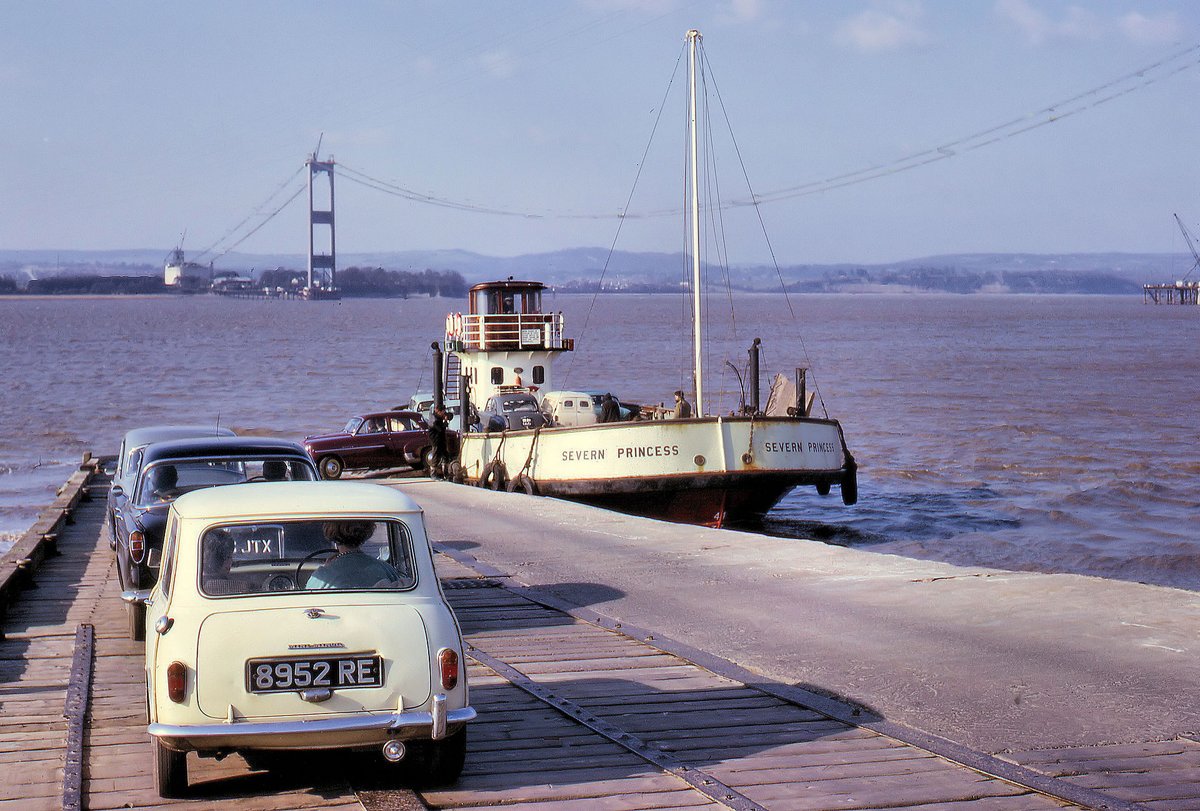 " title="Before the Severn Bridge opened in 1966, people used to drive from Wales to the south of England via car ferry!It was a straight choice between a treacherous mile-long river crossing (on a body of water with a 43ft tidal range) or a 60 mile round-trip via Gloucester!THREAD https://abs.twimg.com/emoji/v2/... draggable="false" alt="👇" title="Rückhand Zeigefinger nach unten" aria-label="Emoji: Rückhand Zeigefinger nach unten">">
" title="Before the Severn Bridge opened in 1966, people used to drive from Wales to the south of England via car ferry!It was a straight choice between a treacherous mile-long river crossing (on a body of water with a 43ft tidal range) or a 60 mile round-trip via Gloucester!THREAD https://abs.twimg.com/emoji/v2/... draggable="false" alt="👇" title="Rückhand Zeigefinger nach unten" aria-label="Emoji: Rückhand Zeigefinger nach unten">">
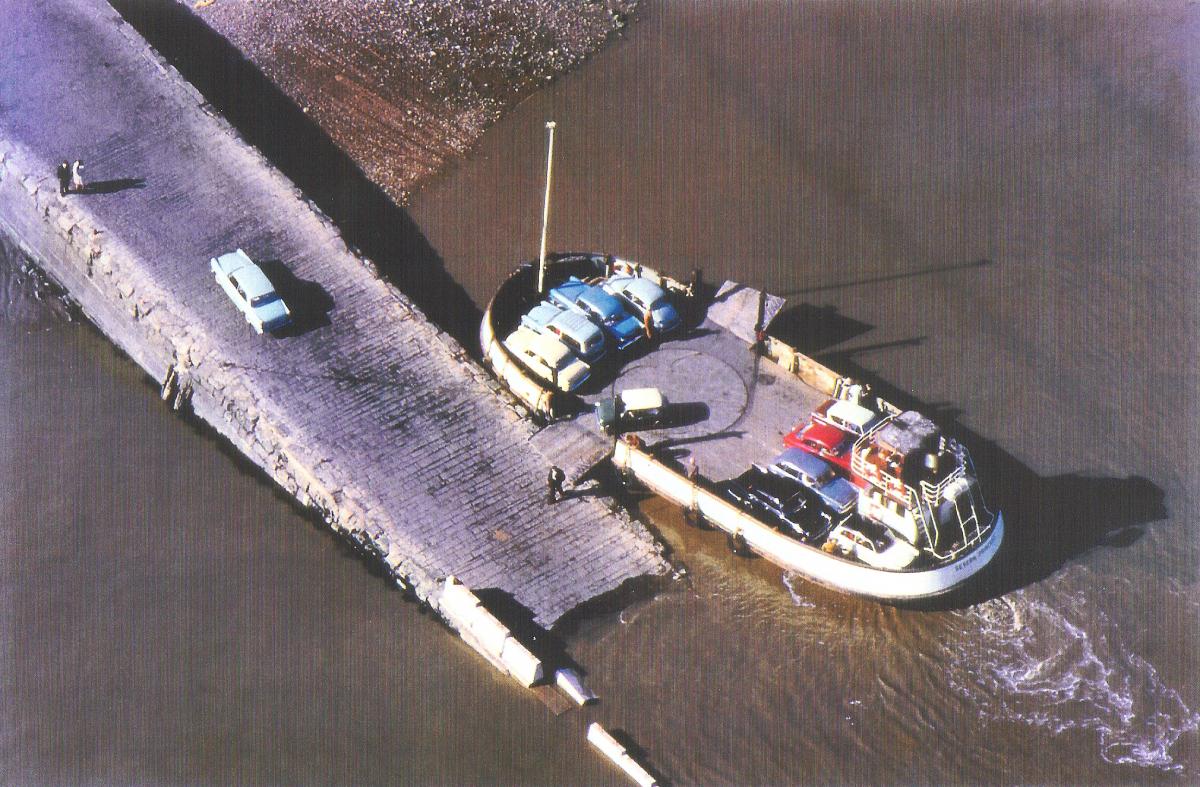 " title="Before the Severn Bridge opened in 1966, people used to drive from Wales to the south of England via car ferry!It was a straight choice between a treacherous mile-long river crossing (on a body of water with a 43ft tidal range) or a 60 mile round-trip via Gloucester!THREAD https://abs.twimg.com/emoji/v2/... draggable="false" alt="👇" title="Rückhand Zeigefinger nach unten" aria-label="Emoji: Rückhand Zeigefinger nach unten">">
" title="Before the Severn Bridge opened in 1966, people used to drive from Wales to the south of England via car ferry!It was a straight choice between a treacherous mile-long river crossing (on a body of water with a 43ft tidal range) or a 60 mile round-trip via Gloucester!THREAD https://abs.twimg.com/emoji/v2/... draggable="false" alt="👇" title="Rückhand Zeigefinger nach unten" aria-label="Emoji: Rückhand Zeigefinger nach unten">">
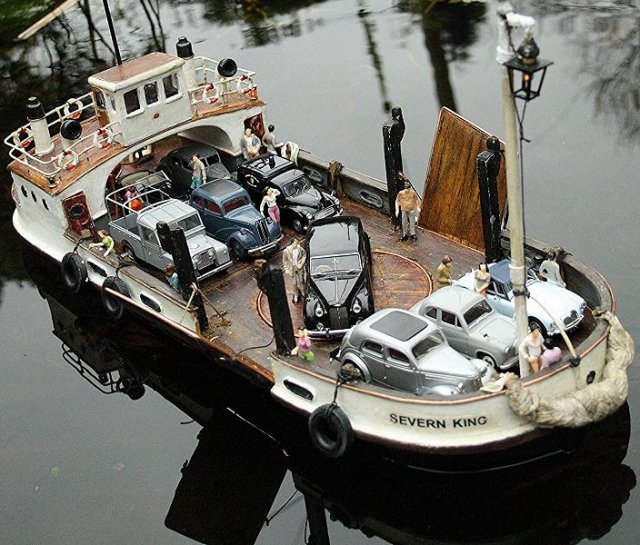 " title="Before the Severn Bridge opened in 1966, people used to drive from Wales to the south of England via car ferry!It was a straight choice between a treacherous mile-long river crossing (on a body of water with a 43ft tidal range) or a 60 mile round-trip via Gloucester!THREAD https://abs.twimg.com/emoji/v2/... draggable="false" alt="👇" title="Rückhand Zeigefinger nach unten" aria-label="Emoji: Rückhand Zeigefinger nach unten">">
" title="Before the Severn Bridge opened in 1966, people used to drive from Wales to the south of England via car ferry!It was a straight choice between a treacherous mile-long river crossing (on a body of water with a 43ft tidal range) or a 60 mile round-trip via Gloucester!THREAD https://abs.twimg.com/emoji/v2/... draggable="false" alt="👇" title="Rückhand Zeigefinger nach unten" aria-label="Emoji: Rückhand Zeigefinger nach unten">">
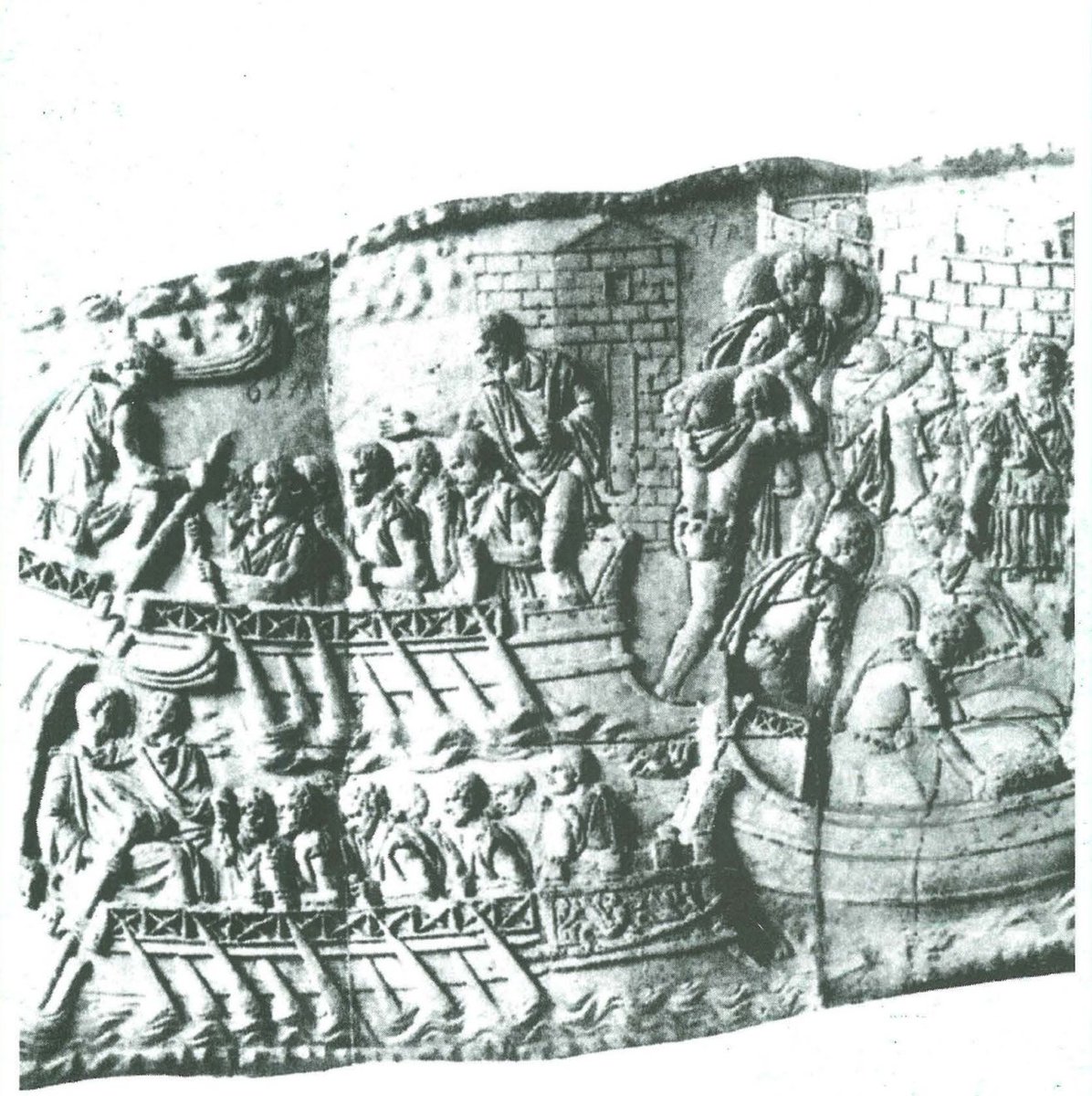
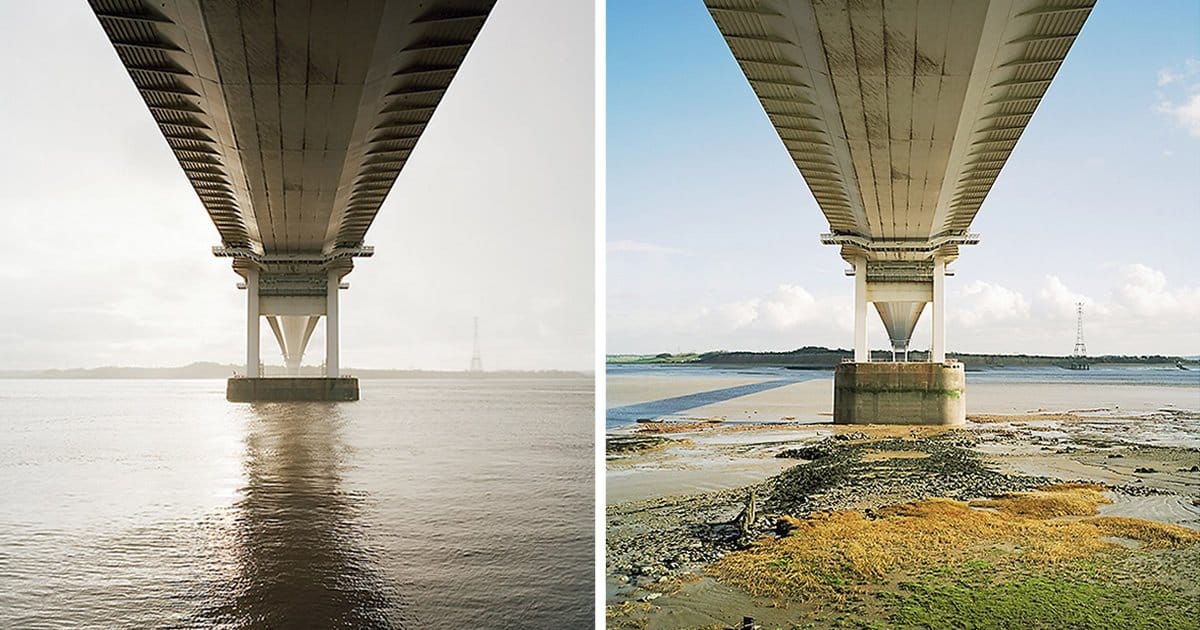
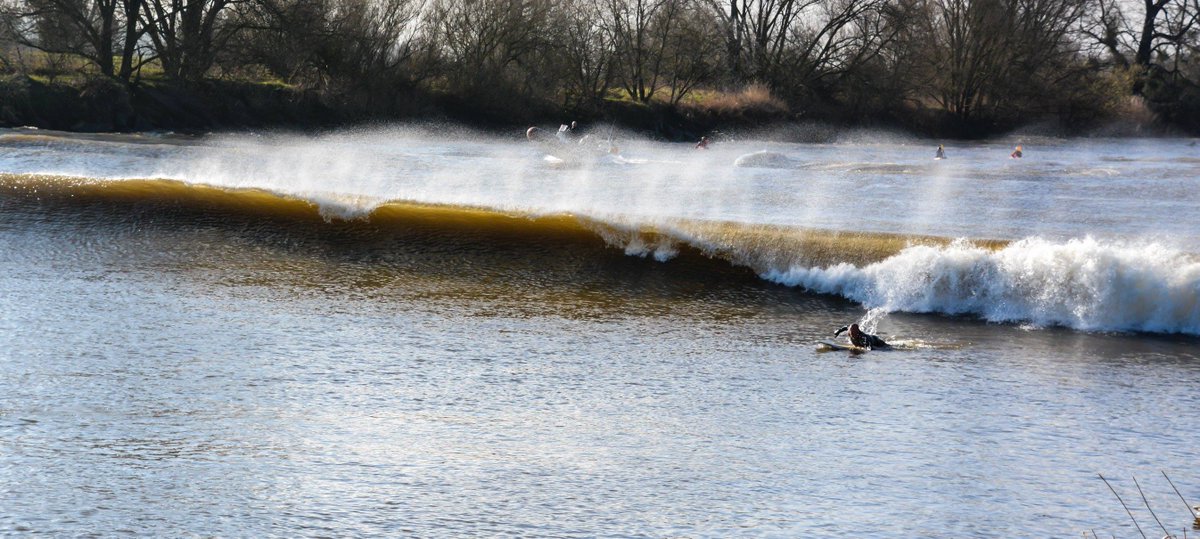
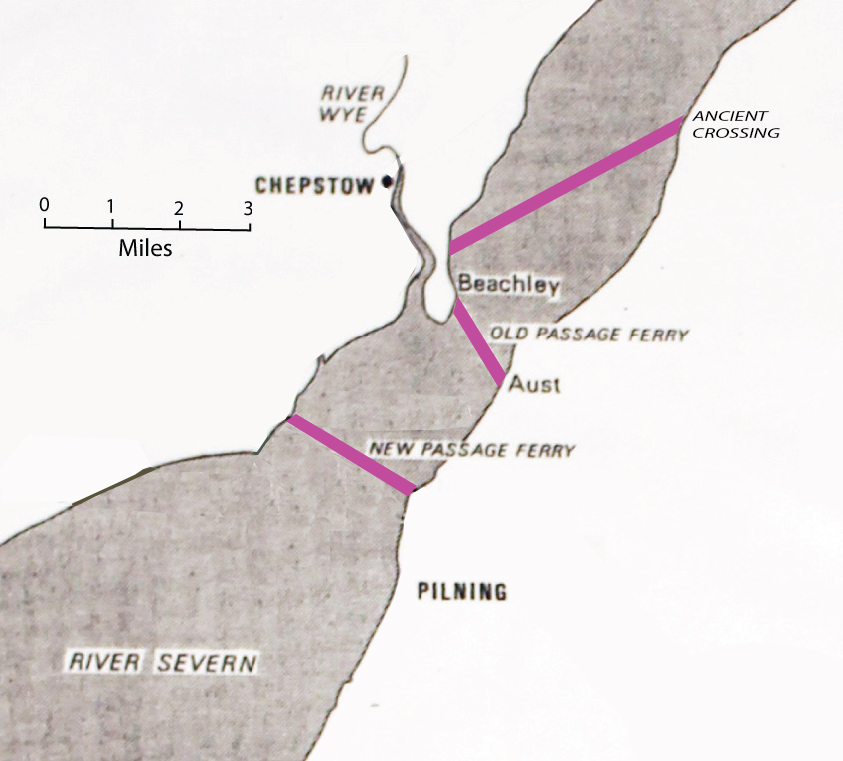
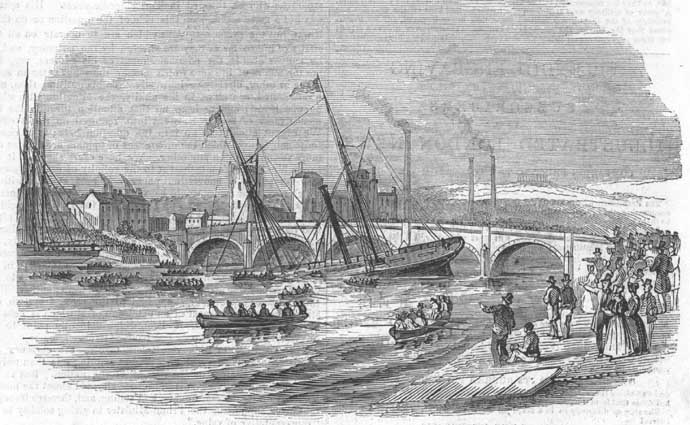
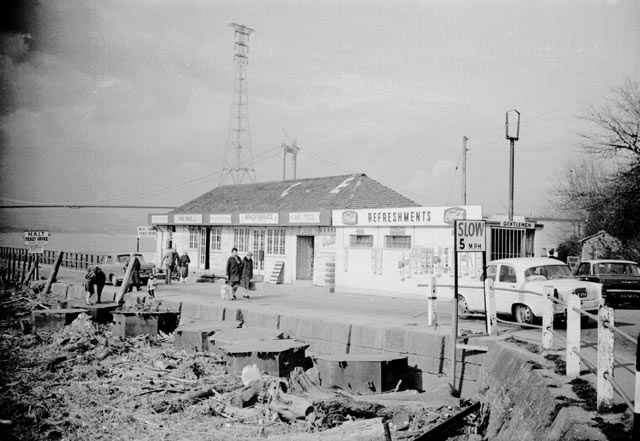
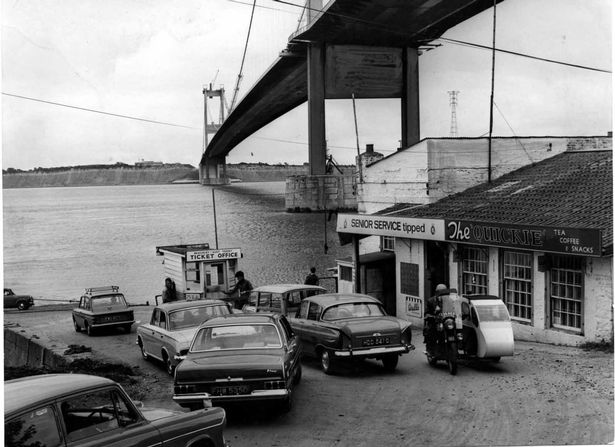
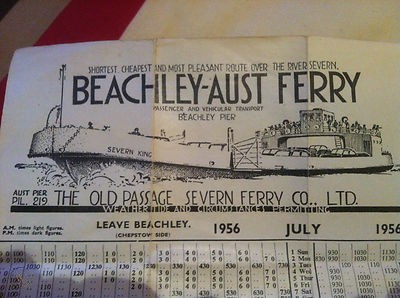
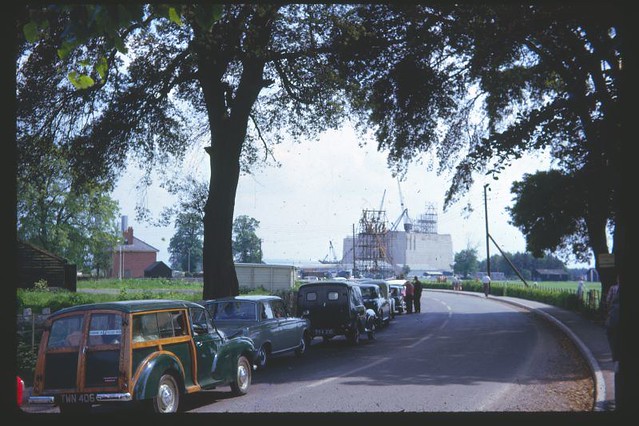
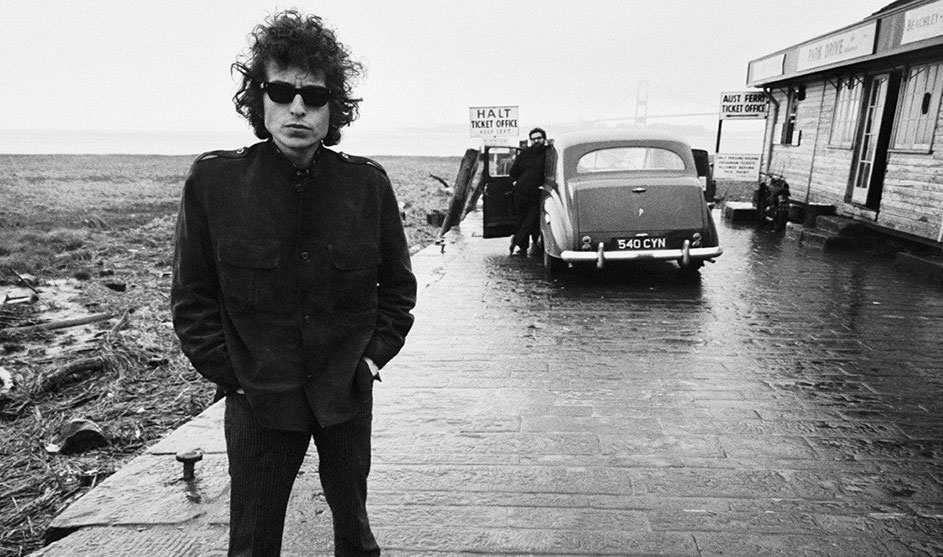
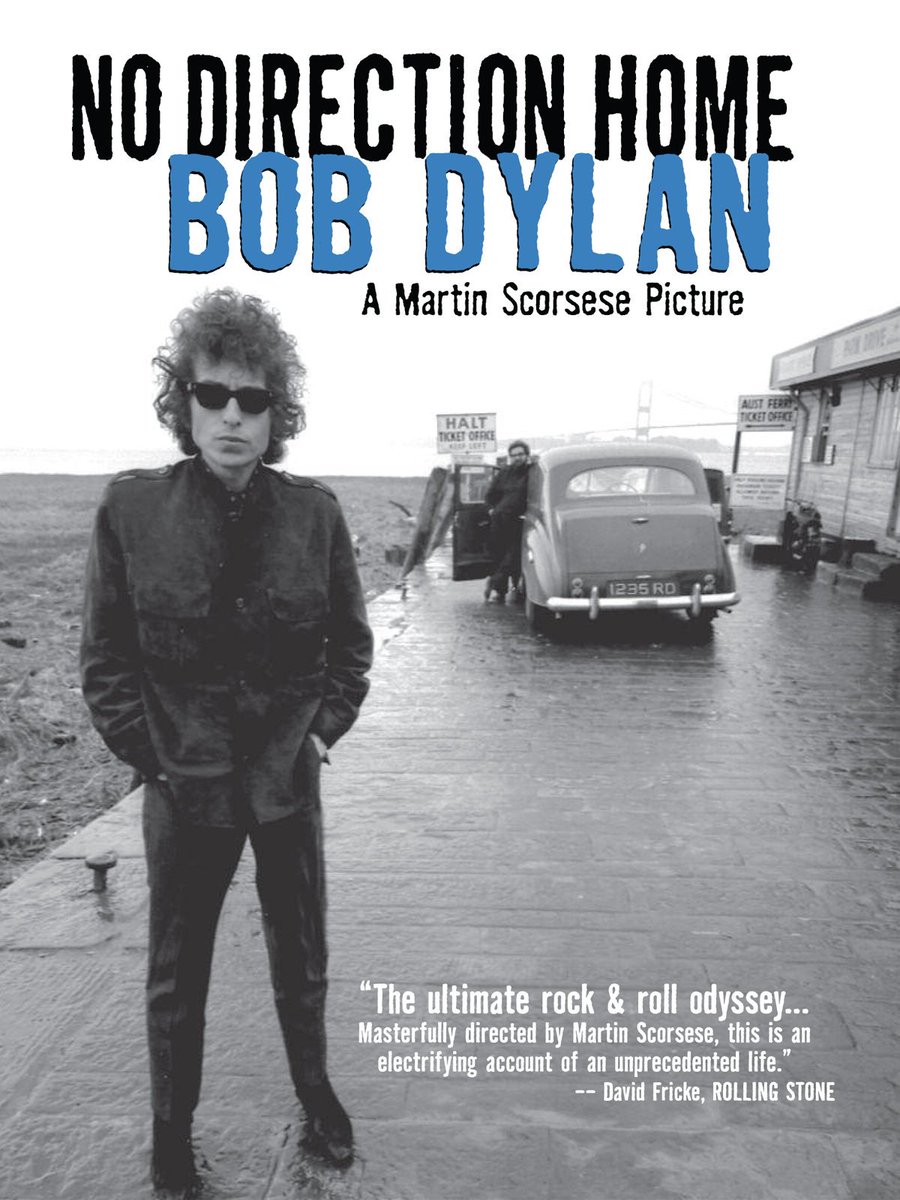
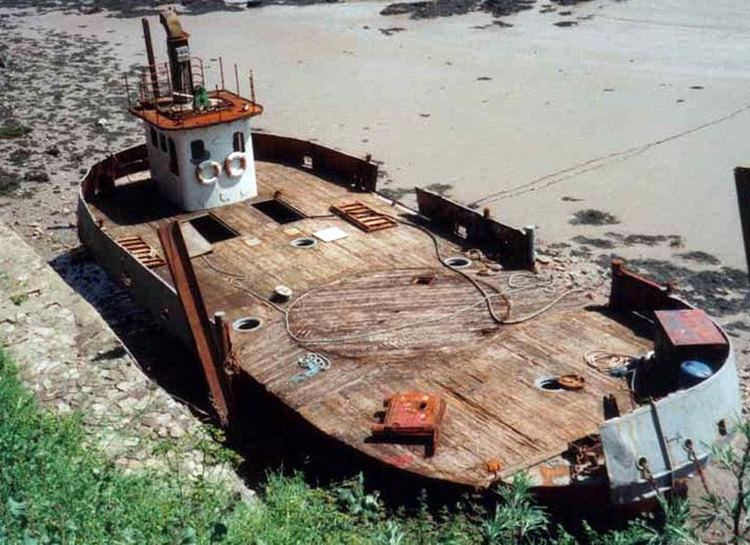 https://abs.twimg.com/emoji/v2/... draggable="false" alt="⛴" title="Fähre" aria-label="Emoji: Fähre"> https://www.southwalesargus.co.uk/news/1423... class="Emoji" style="height:16px;" src=" " title="More on this remarkable ferry https://abs.twimg.com/emoji/v2/... draggable="false" alt="👉" title="Rückhand Zeigefinger nach rechts" aria-label="Emoji: Rückhand Zeigefinger nach rechts"> https://abs.twimg.com/emoji/v2/... draggable="false" alt="⛴" title="Fähre" aria-label="Emoji: Fähre"> https://www.southwalesargus.co.uk/news/1423... class="Emoji" style="height:16px;" src=" ">
https://abs.twimg.com/emoji/v2/... draggable="false" alt="⛴" title="Fähre" aria-label="Emoji: Fähre"> https://www.southwalesargus.co.uk/news/1423... class="Emoji" style="height:16px;" src=" " title="More on this remarkable ferry https://abs.twimg.com/emoji/v2/... draggable="false" alt="👉" title="Rückhand Zeigefinger nach rechts" aria-label="Emoji: Rückhand Zeigefinger nach rechts"> https://abs.twimg.com/emoji/v2/... draggable="false" alt="⛴" title="Fähre" aria-label="Emoji: Fähre"> https://www.southwalesargus.co.uk/news/1423... class="Emoji" style="height:16px;" src=" ">
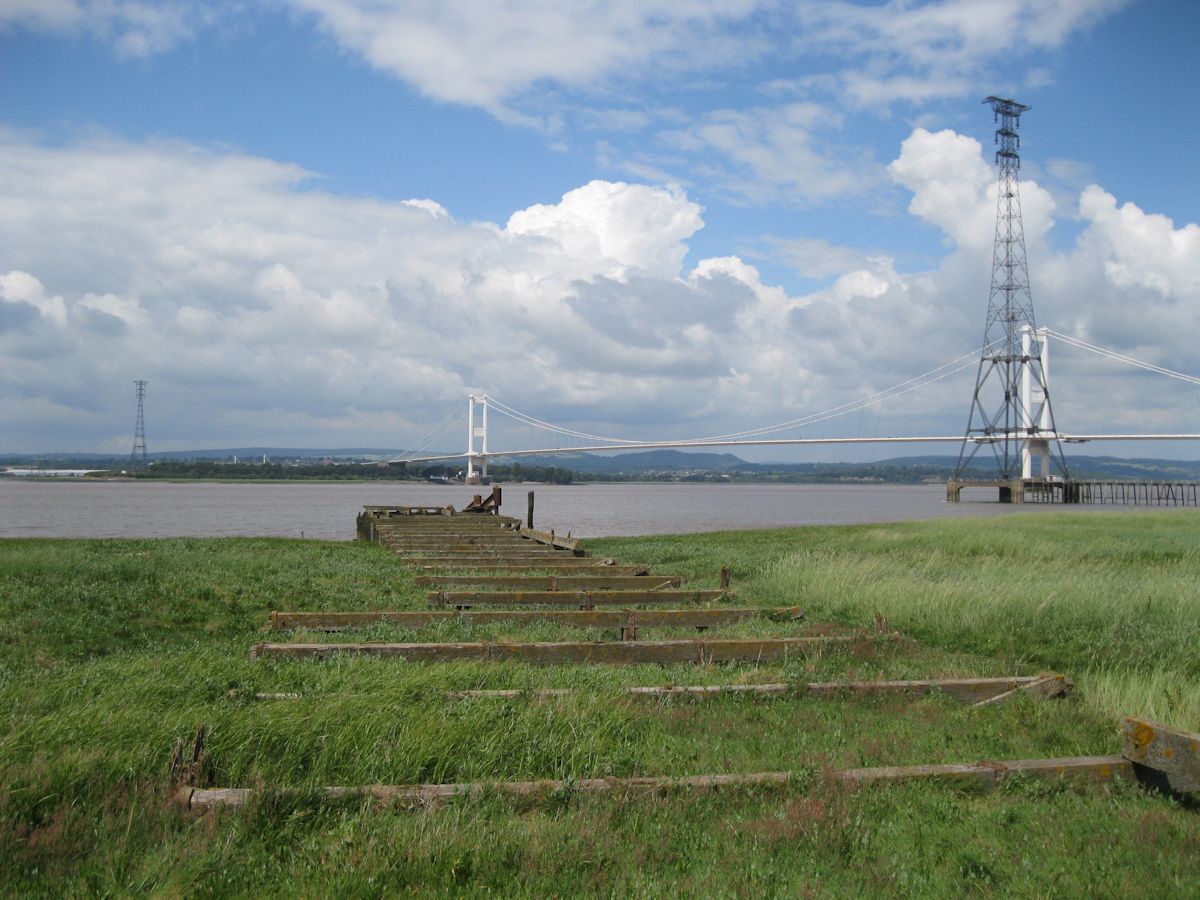 https://abs.twimg.com/emoji/v2/... draggable="false" alt="⛴" title="Fähre" aria-label="Emoji: Fähre"> https://www.southwalesargus.co.uk/news/1423... class="Emoji" style="height:16px;" src=" " title="More on this remarkable ferry https://abs.twimg.com/emoji/v2/... draggable="false" alt="👉" title="Rückhand Zeigefinger nach rechts" aria-label="Emoji: Rückhand Zeigefinger nach rechts"> https://abs.twimg.com/emoji/v2/... draggable="false" alt="⛴" title="Fähre" aria-label="Emoji: Fähre"> https://www.southwalesargus.co.uk/news/1423... class="Emoji" style="height:16px;" src=" ">
https://abs.twimg.com/emoji/v2/... draggable="false" alt="⛴" title="Fähre" aria-label="Emoji: Fähre"> https://www.southwalesargus.co.uk/news/1423... class="Emoji" style="height:16px;" src=" " title="More on this remarkable ferry https://abs.twimg.com/emoji/v2/... draggable="false" alt="👉" title="Rückhand Zeigefinger nach rechts" aria-label="Emoji: Rückhand Zeigefinger nach rechts"> https://abs.twimg.com/emoji/v2/... draggable="false" alt="⛴" title="Fähre" aria-label="Emoji: Fähre"> https://www.southwalesargus.co.uk/news/1423... class="Emoji" style="height:16px;" src=" ">
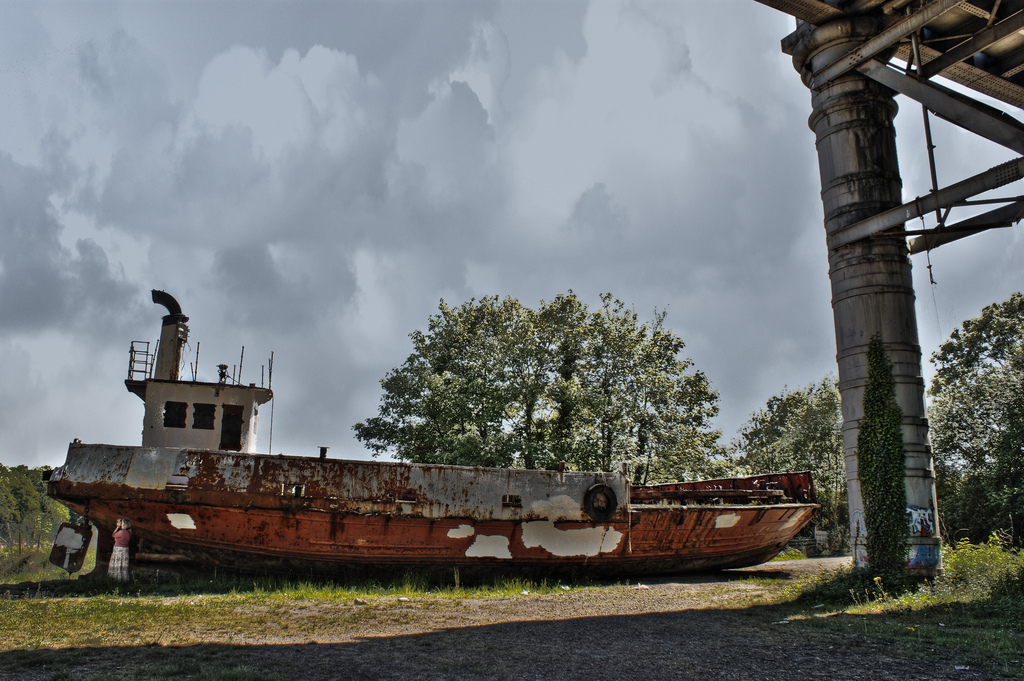 https://abs.twimg.com/emoji/v2/... draggable="false" alt="⛴" title="Fähre" aria-label="Emoji: Fähre"> https://www.southwalesargus.co.uk/news/1423... class="Emoji" style="height:16px;" src=" " title="More on this remarkable ferry https://abs.twimg.com/emoji/v2/... draggable="false" alt="👉" title="Rückhand Zeigefinger nach rechts" aria-label="Emoji: Rückhand Zeigefinger nach rechts"> https://abs.twimg.com/emoji/v2/... draggable="false" alt="⛴" title="Fähre" aria-label="Emoji: Fähre"> https://www.southwalesargus.co.uk/news/1423... class="Emoji" style="height:16px;" src=" ">
https://abs.twimg.com/emoji/v2/... draggable="false" alt="⛴" title="Fähre" aria-label="Emoji: Fähre"> https://www.southwalesargus.co.uk/news/1423... class="Emoji" style="height:16px;" src=" " title="More on this remarkable ferry https://abs.twimg.com/emoji/v2/... draggable="false" alt="👉" title="Rückhand Zeigefinger nach rechts" aria-label="Emoji: Rückhand Zeigefinger nach rechts"> https://abs.twimg.com/emoji/v2/... draggable="false" alt="⛴" title="Fähre" aria-label="Emoji: Fähre"> https://www.southwalesargus.co.uk/news/1423... class="Emoji" style="height:16px;" src=" ">
 https://abs.twimg.com/emoji/v2/... draggable="false" alt="⛴" title="Fähre" aria-label="Emoji: Fähre"> https://www.southwalesargus.co.uk/news/1423... class="Emoji" style="height:16px;" src=" " title="More on this remarkable ferry https://abs.twimg.com/emoji/v2/... draggable="false" alt="👉" title="Rückhand Zeigefinger nach rechts" aria-label="Emoji: Rückhand Zeigefinger nach rechts"> https://abs.twimg.com/emoji/v2/... draggable="false" alt="⛴" title="Fähre" aria-label="Emoji: Fähre"> https://www.southwalesargus.co.uk/news/1423... class="Emoji" style="height:16px;" src=" ">
https://abs.twimg.com/emoji/v2/... draggable="false" alt="⛴" title="Fähre" aria-label="Emoji: Fähre"> https://www.southwalesargus.co.uk/news/1423... class="Emoji" style="height:16px;" src=" " title="More on this remarkable ferry https://abs.twimg.com/emoji/v2/... draggable="false" alt="👉" title="Rückhand Zeigefinger nach rechts" aria-label="Emoji: Rückhand Zeigefinger nach rechts"> https://abs.twimg.com/emoji/v2/... draggable="false" alt="⛴" title="Fähre" aria-label="Emoji: Fähre"> https://www.southwalesargus.co.uk/news/1423... class="Emoji" style="height:16px;" src=" ">


